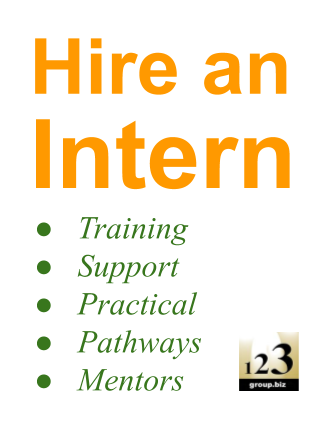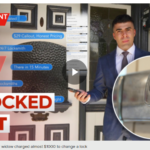We share with you how to write a cover letter that will get you noticed
A quick poll of most job seekers would tell you that writing a cover letter is the most dreaded part of applying for a job. Where most people understand the objective of a resume is to show your previous experience, skills and career goals, few people truly understand what to do with a cover letter.
At its most basic, a cover letter is supposed to show a hiring manager or recruiter why you’re a perfect fit for the position they’re looking to fill. It should highlight your experience and achievements, while revealing something about you they won’t gauge from your resume. But in an age of social networks, what does that look like?
Disruptive job boards
For a long time, job seekers would (and could) rely on a form letter they’d update with the date, employers name, and then send off. And to be fair, in the days before online job boards, this was all that was necessary.
But when employment classifieds moved out of newspapers and went online in the late 1990s, it didn’t just change the way people looked for work and employers advertised vacant positions; it fundamentally changed the job application process.
Soon enough, it was possible for a person to apply for hundreds of jobs — even ones they weren’t qualified for — in a matter of seconds just by up uploading a resume to a job site and clicking send, over and over and over again.
To filter through the often thousands of applications recruiters and hiring managers would receive for any one job advertisement, they implemented Applicant Tracking Systems (ATS) to scan resumes and cover letters for appropriate keywords, and discard the rest.
Who’s really reading a cover letter?
If you’ve ever heard a friend with loads of experience in their field complain it’s a jungle out there — job hunting wise — you can bet it’s because their resume or cover letter didn’t tick the right boxes for the ATS and never made it to the hiring manager.
And even if they did make it past the ATS filters, research conducted by the Society of Human Resource Management in the U.S. found that just 20 percent of private sector hiring managers actually read cover letters.
Cover letters are still necessary
With that in mind, you may be asking yourself whether cover letters are still even necessary. Well, they are and they aren’t.
Some jobs will request that you submit a cover letter, especially if you’re applying for a contract position, because it enables you to highlight your availability, preferred rates of pay, and so forth; while jobs in the public sector often require you to address an application criteria in your cover letter.
What this tells you, if you haven’t already figured it out, is that you need to tailor your cover letter for each position you apply for. If you thought updating your resume was a time intensive process, writing a cover letter cranks the dial up to a hundred, then breaks it off.
Write for humans and machines
To get past the ATS criteria, you need to ensure your cover letter (and resume, for that matter) includes lots keywords sprinkled throughout (in an organic way). This will require a little planning — punching it out quickly after you’ve uploaded your resume to a job site won’t cut it.
You’ll find the relevant keywords and phrases in the job advertisement and you may also include any others you think are relevant, such as your industry, city, related fields.
Then make sure to get the hiring manager’s attention by writing an interesting cover letter. Don’t regurgitate your resume; this is your chance to show the recruiter something they won’t find out from your CV, and convince them you’re a good fit for the job — or an interview, at least.
Disruptive cover letters
“One of the biggest trends in cover letters right now,” according to INC. magazine, “is the concept of ‘disrupting’ the reader.” In other words, you want to surprise them; grab their attention and only let it go to let them contact you about an interview.
This requires a little bit more thought, but you might find it more effective — and therefore, worth the extra effort. Try the following:
- Identify what the company does that is special, different, unique
- Think about the job you are applying for, and how you’ve come to learn its importance
- Ask yourself what life experiences have taught you how the work the company does makes a difference.
Because “disruptive” cover letters don’t focus so much on keywords and writing for machines, but for humans, you should try and get your cover letter in front of a person without going through the usual channels.
Keep your LinkedIn profile up-to-date
 Here’s where using LinkedIn, and keeping your profile up-to-date comes in handy. If you’re connected with someone at a company that has a job opening, reach out to them to see if they can pass on your resume and cover letter so it gets in front of someone immediately.
Here’s where using LinkedIn, and keeping your profile up-to-date comes in handy. If you’re connected with someone at a company that has a job opening, reach out to them to see if they can pass on your resume and cover letter so it gets in front of someone immediately.
Your LinkedIn profile and resume should match each other; you may even wish to download your LinkedIn profile as a PDF, and focus instead on writing your cover letter. A note on general housekeeping here: Filenames should include your name, the date and the job title, if you’re emailing it directly to a contact. (Although an ATS will override your filename, it’s still good practice to save files this way anyhow.)
Looking for work in 2018 is a challenge, particularly since it means waiting for the right opportunity to become available. But instead of waiting for opportunity, why not create the opportunity?





















